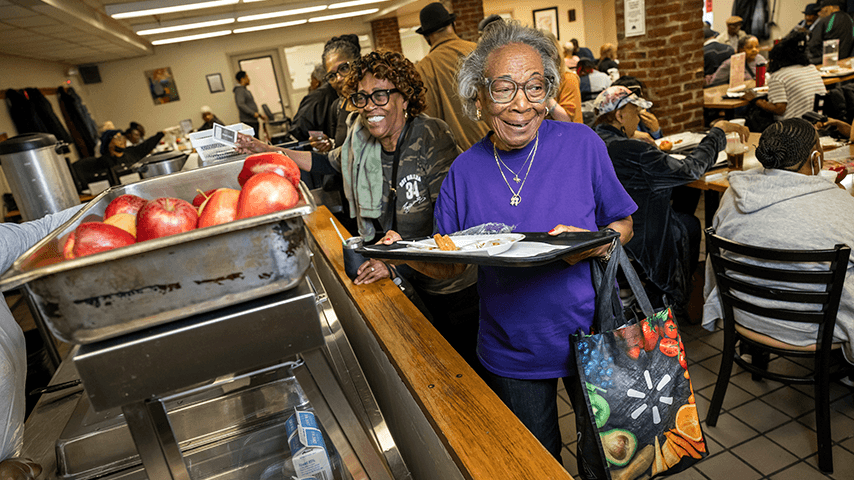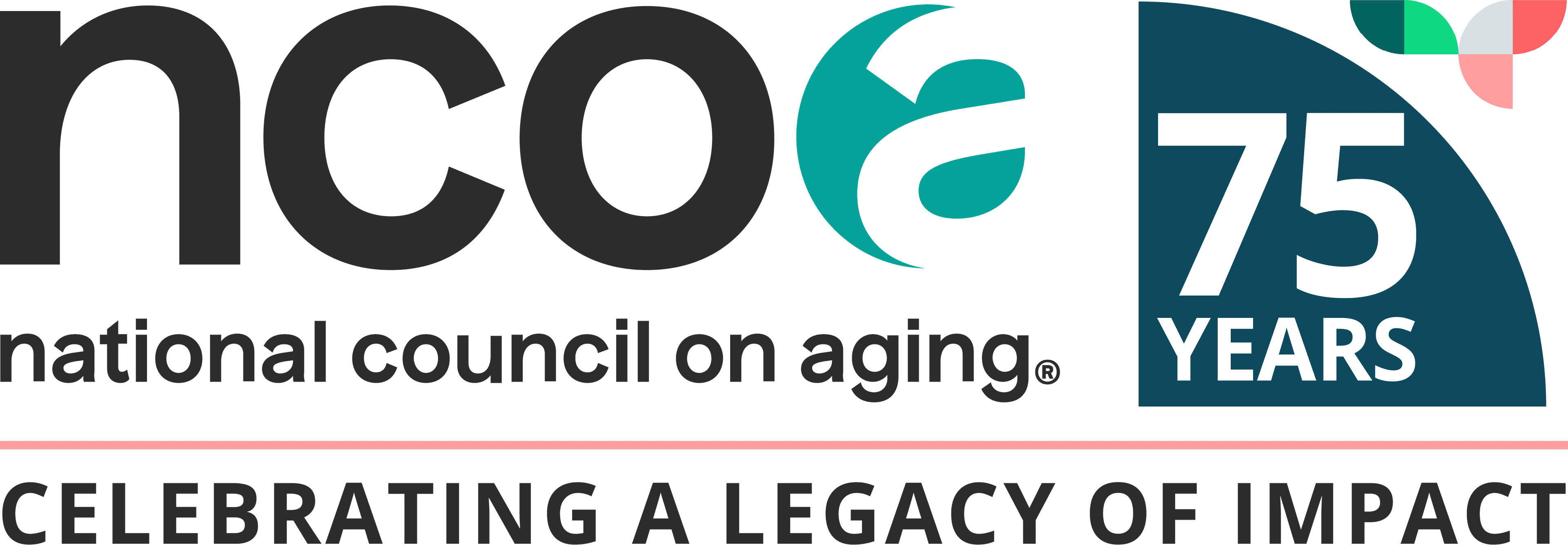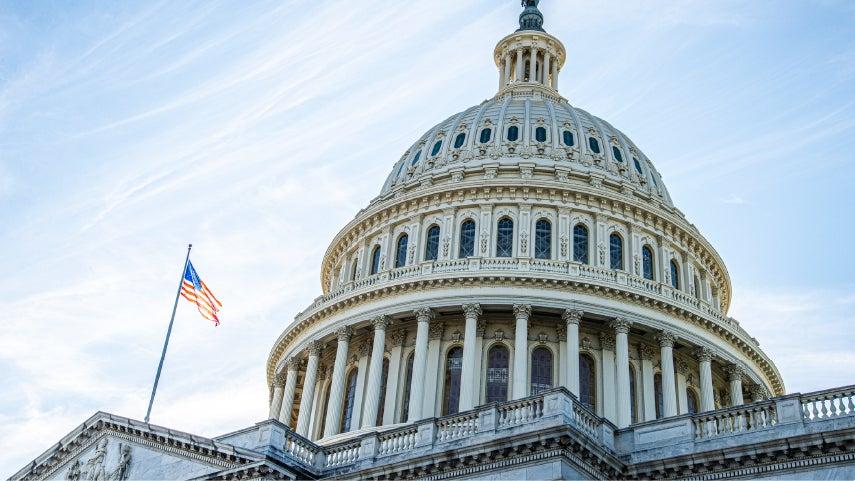
Related Topics
We all deserve to age well. And the Older Americans Act (OAA) helps make that possible for millions of Americans.
How?
In the 1960s, advocates and policymakers were finally starting to appreciate the breadth of support needed by older adults and how much things like health and economic security overlapped. Among the bills passed in response were the Medicare and Medicaid Act and the Older Americans Act (OAA) in 1965.
While Medicare and Medicaid are well-known, the OAA has always worked behind the scenes. It is the quiet backbone of federal aging policy, acting as a hub of funding and guidance that responds to specific aging needs. The services it fuels have evolved over time to include:
- Home-delivered and congregate (group) meals
- Senior center programs
- Family caregiver support
- America’s only senior-focused job training and employment program
- Transportation assistance
- Chronic disease education and self-management programs
- Falls prevention programs
- Home- and community-based health care to help people age in place
- Protections against elder abuse and elder fraud
- Rules and regulations for nursing homes
The OAA’s subtlety is a double-edged sword
One of the many reasons the OAA is so effective is because states have a lot of flexibility in how they use OAA funds. Some focus on fighting senior hunger. Others might spread funds between caregiver support and transportation assistance. But there’s nothing flashy in the delivery of these services, no giant label that says “Brought to you by the Older Americans
Act.” This is great for the community-based organizations delivering services because it builds familiarity and trust with the people they serve.
But most people receiving these services—and even some of the professionals delivering them—don’t know it’s the OAA that makes them possible. Take senior centers, for example. They often host group meals or healthy aging programs for their communities, using money from grants they apply for through the local Department of Parks and Recreation. But that money is only available because the state is receiving it from the OAA and routing it to service providers.
The same can be said for older adults who need to re-enter the workforce to make ends meet. Through the Senior Community Service Employment Program (which is under the OAA), they get skills needed in the modern workplace, along with assistance finding employment in their community. The resulting economic boost to household and community keep people out of poverty, but the OAA isn’t taking the credit.
To people who care about protecting older Americans, what matters is that these services are flowing. The downside of this anonymity, of course, is that it’s hard for the OAA to get the political and media attention it deserves.
The FY26 federal budget threatens OAA-funded services
Recent headlines have focused on the One Big Beautiful Bill Act that recently became law. (We covered the expected effects of that law here.) But Congress is already pivoting to the FY26 budget, which would take effect on Oct. 1, 2025. Based on the administration’s budget request and what we’ve heard on Capitol Hill, it looks like this budget will be an even bigger threat to the Older Americans Act. Here are just a few of the cuts to OAA programs requested by the administration:
- Health Promotion and Disease Prevention eliminated
- Elimination of the Prevention and Public Health Fund
- Elder rights funding slashed by $5 million, along with elimination of various elder abuse, neglect, and exploitation prevention efforts
- Elimination of funding for Aging and Disability Resource Centers
Aging well is popular!
We’re all aging—and we all want to have the support we need when we need it. That understanding has helped the OAA earn bipartisan support over the years. But even if priorities are changing, now is not the time to cut these programs. The need for OAA-funded services has steadily grown as more and more Americans live longer lives. By 2030, more than 20% of the country will be age 65 or older. The cost of living is rising, and people already struggle to get help when they need it. The time to strengthen and protect the Older Americans Act is now.
As members of Congress prepare to head home for the long August recess, we have an opportunity to educate them about the needs of older adults and the millions of lives improved every day by the Older Americans Act. We encourage everyone to use their voice quickly and often in support of OAA services. Educating members of Congress and having conversations about why the OAA matters will be critical to protecting older adults—many of whom are unable to speak up for themselves—now and in the future.



